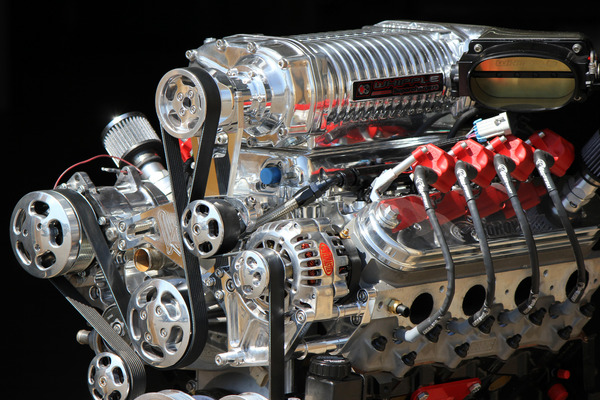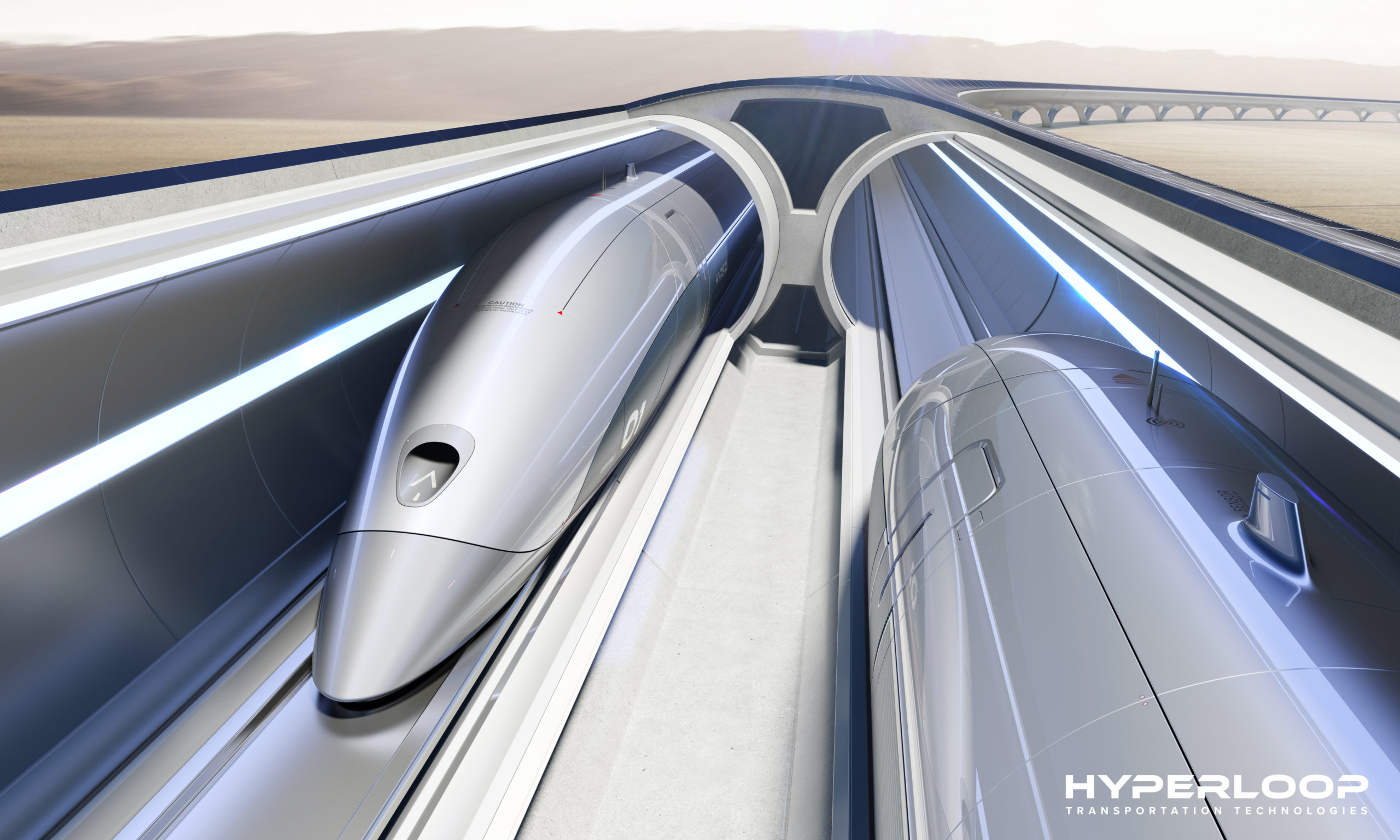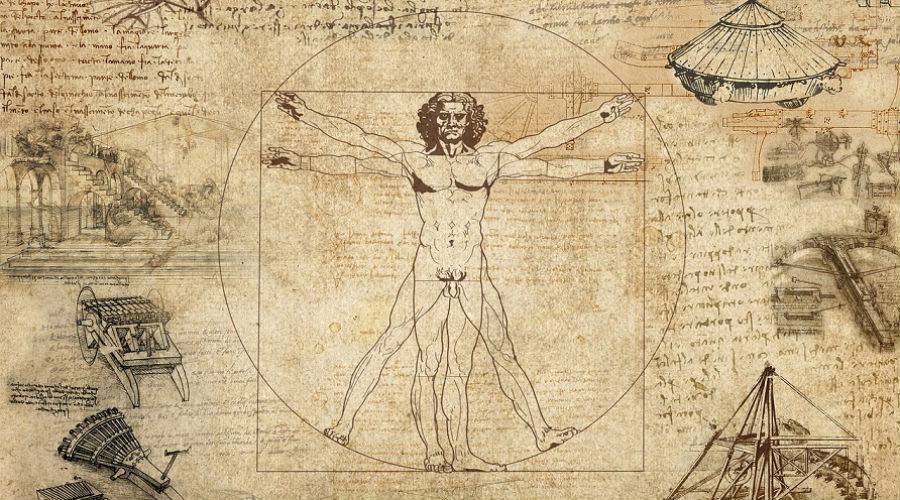Electrical supercharging
All the cars enthusiasts may have heard of the internal combustion engines superchargers, devices that allow you to increase the power of the engine without having a negative impact on consumption. There are several types of machine realizing the power increase: volumetric compressors, turbochargers (one or more) and, even though they didn’t spread to an important extent, the electrical compressors.
Searching on the Internet you can notice that in the market there are some small fans being mistakenly called electrical compressors. Although the basic idea could work out, there is a number of reasons why this solution is destined to be totally ineffective.
Supecharging: what is it
Supercharging, in short, is the operation of increasing the power of the engine through the immission of an higher amount of air in the engine itself. Indeed, the power of an internal combustion engine can be expressed in the following way:
![]()
where you can identify:
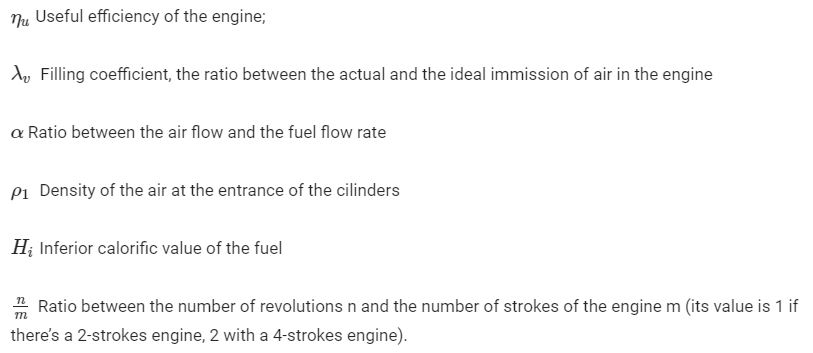
The word in this list that really interests us is the density at the entrance. Through the compression this parameter is increased, and this means that in the same volume there will be a larger air mass. The result, to put it as simply as possible, is the increase of the available power, as it can be seen from the following relation:
![]()
Due to thermodinamical reasons that we will not analyze further in this article, at the rear of the compressor is inserted an intercooler, that cools down the air as it enters the engine.
Depending on the chosen solution, the supercharghing systems will present different architectures. The basic structure is showed in the picture.

Basic supercharging diagram. With an electric and volumetric compressor, exhaust gases DO NOT fuel any turbine
Volumetric compressor
The volumetric compressor is a machine activated by belts directly attached to the engine, and through the rotations of the blades it carries out the work on the incoming air by compressing it. There are two types of this device: the screw and the centrifugal compressor.

Screw compressor
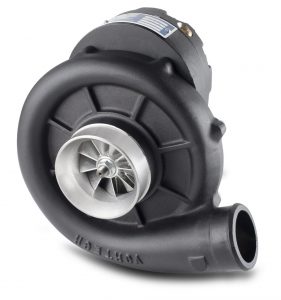
Centrifugal compressor
The main benefit of this solution is that by having a direct mechanical link between the engine and the compressor, this one’s reaction to the engine speed is almost immediate. The main disadvantage is that the mechanical joint itself, in addition to the machine’s architecture in the case of the screw compressor, causes some additional losses that make the power unit’s efficiency worse, sometimes by a large extent.
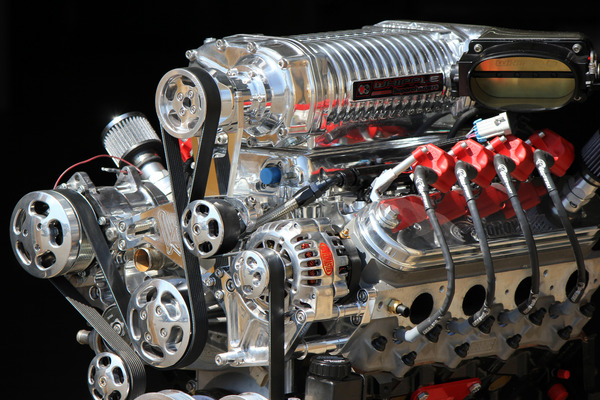
Engine (below) with volumetric compressor (above). The belt draws attention to the direct coupling between the two machines.
The other problem, on a thermodynamic point of view, is that the hot gases coming out of the engine still possess energy that isn’t retrieved in anyway.
This last fact has caused the introduction of turbocompressor units.
Turbocompressor
The turbocompressor is a “compound machine”, consisting of a compressor and a turbine wedged in the same axle. The basic architecture of this machine is showed in the picture.
Here is depicted a cross section that allows you to see the blading. Its peculiar shape is what makes it possible to carry out and extract work in the best possible way.

The operation of a turbocompressor can be easily grasped from the picture: the air is drawn in from the surroundings and is sent to the compressor that rotates as fast as the turbine; this one is set in motion by the flow of exhaust gases coming from the engine. The air comes out of the compressor and gets in the intercooler where it’s cooled down for thermodynamic reasons. Then it enters the engine, where the work cycle takes place, and after that it’s unloaded towards the turbine.

There is no mechanical coupling with the engine, so there aren’t any additional losses reducing its efficiency. Besides the exhaust gases’ retrieval is another point for this system, because residual energy is exploited when it would be lost otherwise.
The main problem for this system is the well-known turbo lag, that is the delay in which the supercharging unit reacts depending on the variations of the driving conditions, especially at a low speed of revolution. In this case, when you accelerate from a low number of engine revolutions, the compressor is rotating slowly (low exhaust flow) and it provides no additional power. Only after some seconds of acceleration is the compressor activated and it begins improving the engine’s performances.
This problem has almost been solved by using turbocompressors with variable geometries, twin-spool turbines, anti-lag systems, that will not be discussed in this article. A recent solution has been developed by Audi, that uses an electrical compressor, activated by a DC engine.
How to solve the turbo-lag? Audi gives us an answer
Audi provided an interesting solution to the turbo-lag phenomenon: a compressor, activated by an electric engine connected to a 48V battery, and a “standard” turbocompressor are connected in series (also two in parallel like in the Audi SQ7). The elecric compressor starts rotating when the engine is running at low speed so as to provide the incoming air for the turbocompressor. This allows the turbocompressor to work with a fluid at an higher pressure rate than you could reach with a traditional machine, making sure that the desired boost is immediately available in a supercharged engine.

Cross section of the compressor used in the Audi SQ7
However, the system needs an higher voltage source (48V as mentioned earlier) almost completely detached from the traditional 12V system (that activates any other electronic component installed in the car). The two circuits are “connected” only by a converter, that sends the signal of activation/stop of the eletrical compressor through sensors in the 12V circuit.
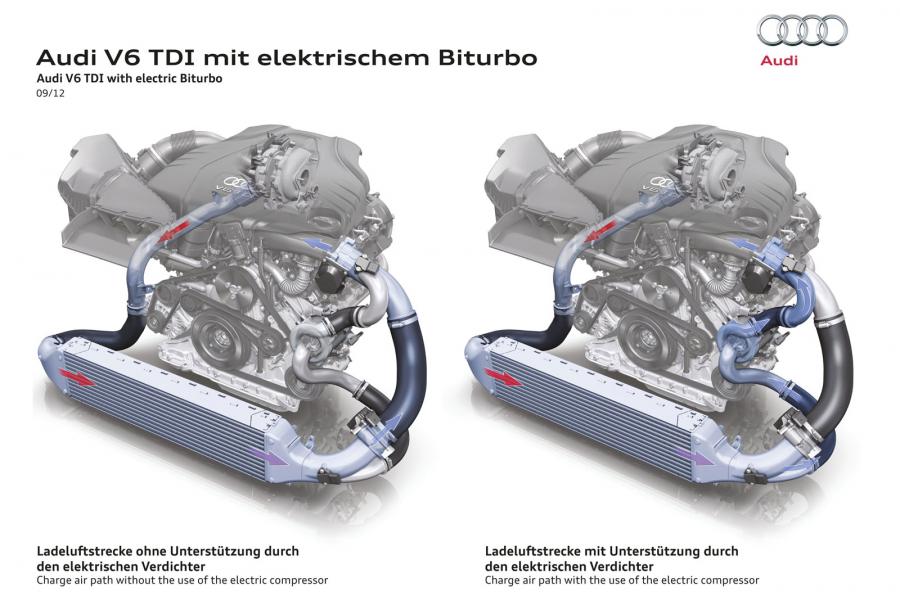
This becomes necessary bacause the 12V fuelling would not be capable of providing a sufficient power to generate the compression (without mentioning that the other electronic components absorb some power already).
Electronic fans
It’s now easy to understand why the electronic fans that can be on the Internet will just not work, both from an executive standpoint and with regards to the integration in the car’s electrical and motor system.
As you can see in the picture below, reminding you that the blading of both turbine and compressor is designed to obtain as much work as possible, it’s clearly visible that the blades aren’t suitable for compression required by the engine.
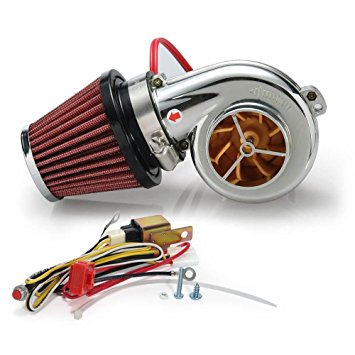
The other main factor is that these fans need to be connected to the only electrical source found on internal standard combustion cars, that is the 12V battery. Taking the engine installed on the Audi SQ7 as an example and reminding you that
P = Vi
with P as power, V as potential difference and i as electrical current, you can see that from a current of 145A you can generate:

and only in the first case is the generated power sufficient to ensure an increase in the performances.
Thus, adding an “electric turbo” to a production car doesn’t bring about any improvement, with a deterioration of the electrical system.

